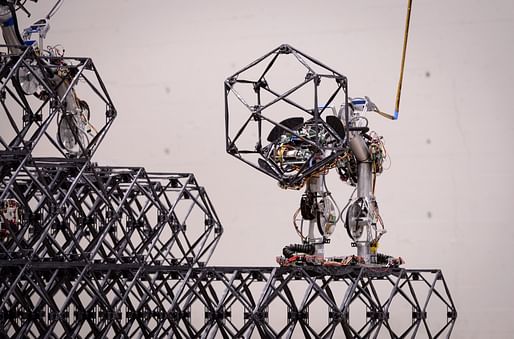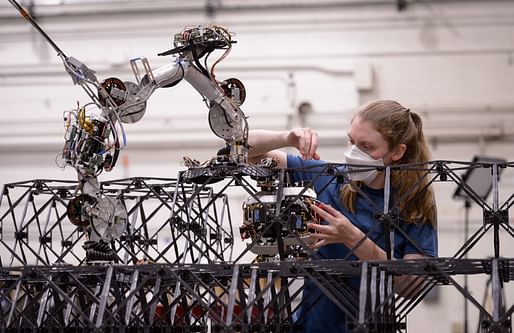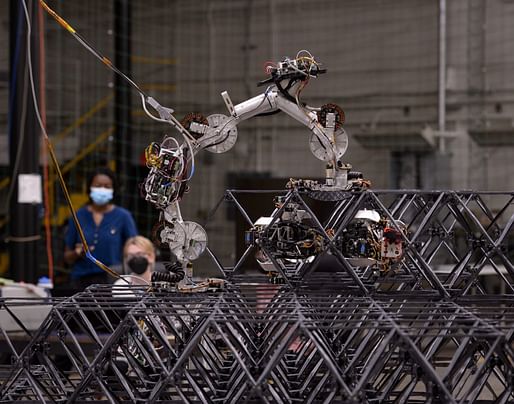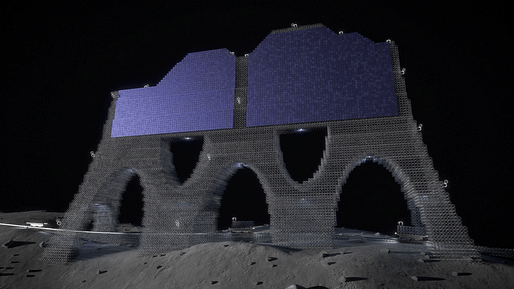

NASA has unveiled details of a robotic system designed to construct and maintain structural components in space. The system, developed by NASA’s Automated Reconfigurable Mission Adaptive Digital Assembly Systems (ARMADAS) team, consists of inchworm-like robots that may one day assemble, repair, and reconfigure structural materials in orbit, on the lunar surface, or on other planets, before humans arrive.

NASA’s system revolves around a set of 3D building blocks called voxels, which resemble a wire-frame soccer ball. Made of strong, lightweight composite materials, the voxels combine to create a system that, according to NASA, is comparable to current high-performance structures such as bridges, aircraft wings, and the trusses of the International Space Station.

The ARMADAS system sees voxel components combined together into a structural system using autonomous robots. In a test at NASA’s Ames Research Center in California, the ARMADAS team deployed three robots to build a shed-like shelter structure using hundreds of voxel building blocks. While the team provided plans for the structure, they did not micromanage the robots’ work, which was instead governed by software algorithms.

The test saw two robots step in an inchworm-like style across the exterior of the structure, moving one voxel at a time. One robot retrieved the voxels from a supply station before passing them to the second robot to place each in its target location. A third robot followed each placement, climbing through the interior space of the voxels to bolt each new voxel to the structure.

“The ground assembly experiment demonstrated crucial parts of the system: the scalability and reliability of the robots, and the performance of structures they build,” said Christine Gregg, ARMADAS chief engineer at NASA Ames, about the research. “This type of test is key for maturing the technology for space applications.”

“Because the robots align each small step to the structure in what is essentially a 3D grid, simple algorithms with low computation and sensing requirements can achieve high-level autonomy goals,” Gregg added. “The system builds and error-corrects on its own with no machine vision or external means of measurement.”

Following the successful test, the team will now expand the library of voxel types that the robots can work with, including solar panels, electrical connections, and shielding. New robotic tools will also be explored such as inspection tools. NASA hopes that one day, the technology can be sent on deep space exploration missions, with robots disassembling the space structures and repurposing the building blocks into new structures as needed.
No Comments
Block this user
Are you sure you want to block this user and hide all related comments throughout the site?
Archinect
This is your first comment on Archinect. Your comment will be visible once approved.